Originally published in Vocal Media - Sept. 26, 2022
I love fairytales. I adore the pageantry, the excess, the clear divisions between right and wrong, good and evil, but when I look a little deeper, these stories that raised us have shifted through the centuries. What I once thought of as a sweet story for children began its journey as a cautionary tale full of violence, infanticide, cannibalism, poison, magic and death. Let's unpack this week's edition as we compare and contrast the musical, animated Disney classic Snow White and the Seven Dwarves with the Grimm Brothers' tale that inspired it.
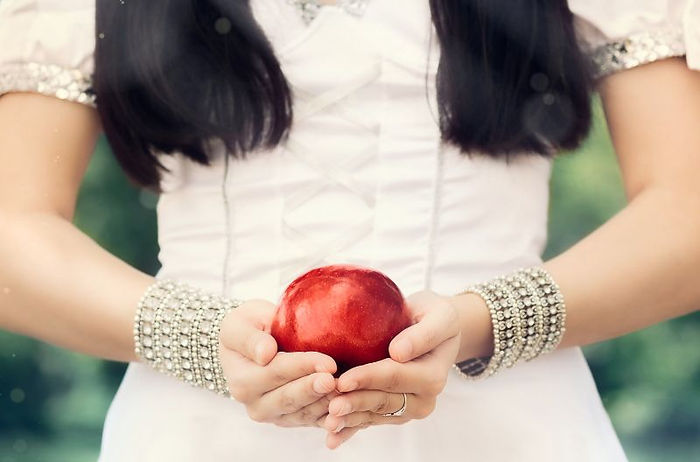
When I mention Snow White and the Seven Dwarves, perhaps your mind will fill with signing little men gathering buckets of jewels. Maybe you think of a princess so sweet and lovely that she charms the birds from the trees. Or perhaps your mind conjures up a green face in a magic mirror, a beauty-obsessed queen, a poisoned apple and a heart in an ornate box. But the inspiration behind this childhood classic was a far darker folktale worthy of cold chills and nightmares.
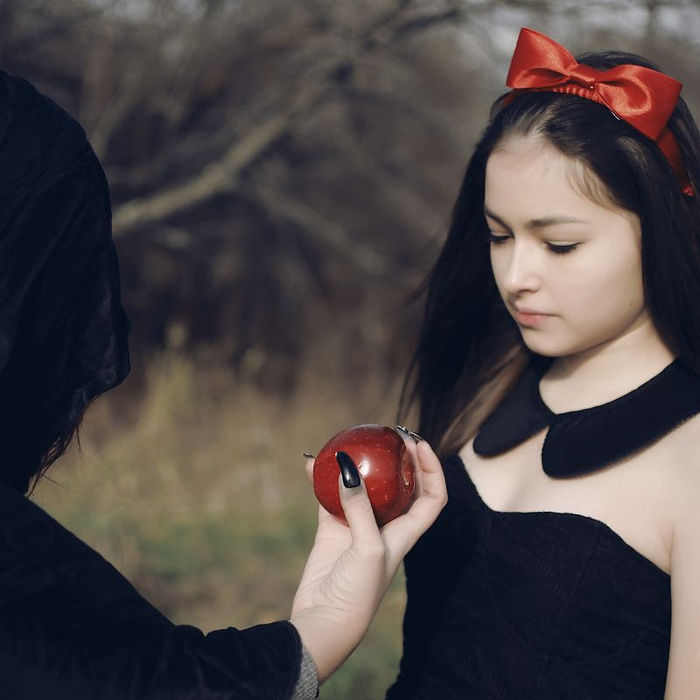
From a simple storytelling perspective, in contrast to the Snow White-centric focus of the Disney movie, the original Grimm fairytale is essentially told from the perspective of the wicked queen. We watch her interactions with her magic mirror, we experience her fury as the queen learns her immeasurable beauty is being outpaced by that of her step-daughter.
While both versions of the story hinge on the queen’s obsession with being the fairest in the land, in the Disney version, Snow White is a young woman before the situation boils over, but in the Grimm version, she is a six-year-old child. Remember that when we come to the encounter with the prince.
In both versions, the queen commands her huntsman to take Snow White to the forest and kill her. The queen demands that the huntsman bring back proof that he has completed the bloody task. The huntsman cannot bring himself to kill lovely Snow White, so he tells her to run into the dark forest, kill an animal, and bring back its organs instead.
Here again, the versions diverge. In the Disney version, the queen demands the huntsman bring back Snow White’s heart as proof the deed is done, while in the original tale, the queen asks for Snow White’s liver and lungs.
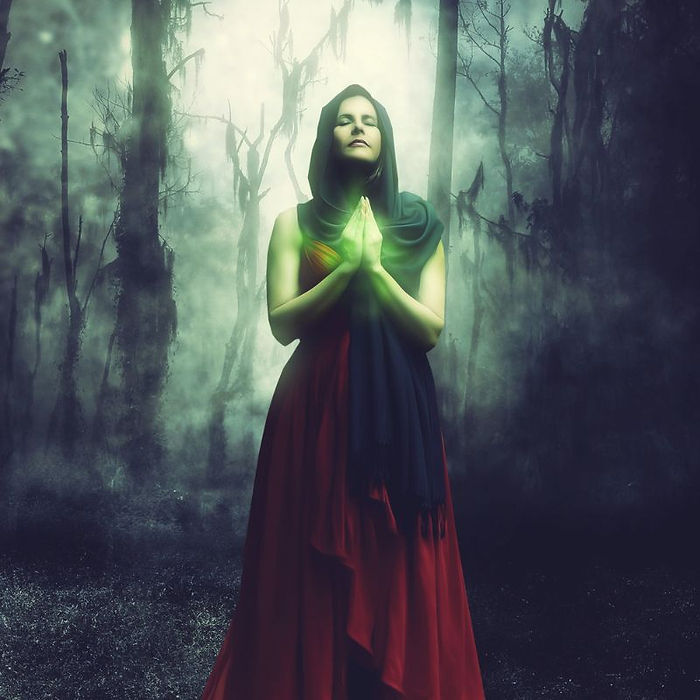
In the Disney version, the queen gives the huntsman an ornate box in which to bring back the heart, but in the Grimm story, things again take a much darker turn. In the original tale, when the huntsman provides the queen with the liver and the lungs he claims he cut from Snow White, the queen has her chef cook the organs with salt and pepper and eats them - believing them to be the human flesh of her stepdaughter.
In both versions, the queen has a magic mirror whose only job - it seems - is to keep the queen abreast of her standing as the fairest in all the land. The mirror acts as a catalyst who sets the story in motion when it shares that Snow White is becoming more beautiful than the queen, then progresses the story further when it reveals that not only is Snow White still alive, but that she is living in the forest with seven men, and is still more beautiful than our vain queen.
In the Disney version, the queen abandons her beauty to take on the disguise of an old beggar woman selling apples and gives Snow White a poisoned apple.
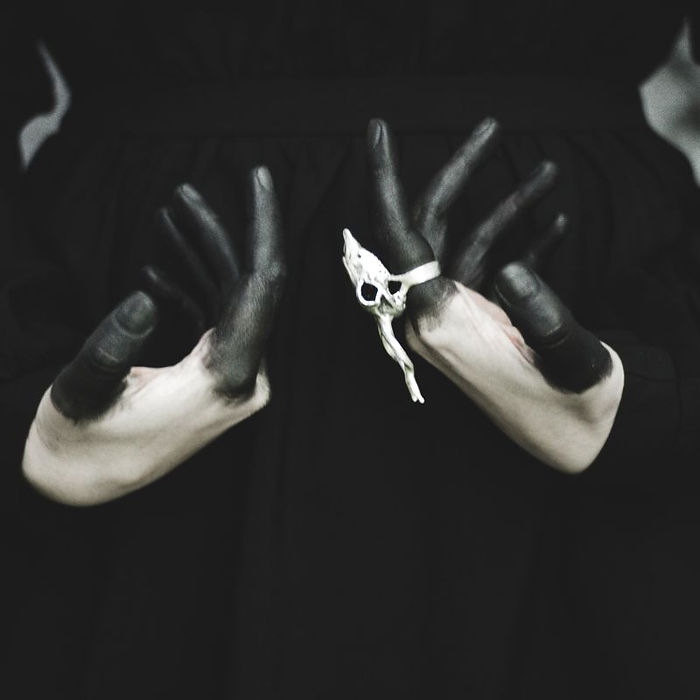
In the Grimm tale, the queen comes after Snow White three times, crossing seven hills and seven valleys in each journey from the castle. In her first attack, the queen arrives at the house in the forest with a cursed corset that crushes the breath from Snow White. Snow White is able to recover from the attack once the dwarves cut Snow White free from the deadly garment. In the second attack, the queen arrives in disguise with a poisoned hair comb that pierces Snow White’s skin and puts her into a deathlike sleep until the dwarves are able to pull the ornament free. In the final attack, as in the animated version, the queen arrives with a poisoned apple, and when Snow White bites into it, she falls as if dead to the ground.
In both tales, the dwarves cannot stand the thought of burying such a beautiful princess in the cold ground, so craft her a crystal coffin so they can look upon her peaceful face. As this story was introduced in childhood, the discomfort of staring at a corpse through a glass coffin is strangely normalized, but take a minute and consider this element of the story from a more objective perspective.
In the Disney retelling, Snow White lays in the coffin until a brave and handsome prince opens her glass coffin’s lid and awakens her with true love’s kiss, followed by a swift proposal.
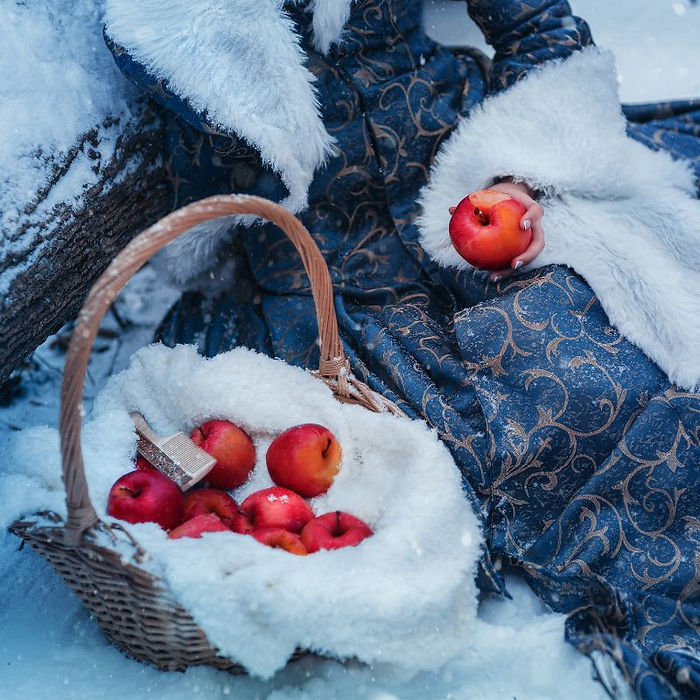
In the original, the prince bargains with the dwarves, who finally agree to give him Snow White’s body in her crystal coffin. The prince loads the coffin onto a wagon and takes off, intent on sharing Snow White’s frozen loveliness with the villages across the land. The jostling of the cart dislodges the bite of the poisoned apple stuck in Snow White’s throat. Snow White wakes up, spits out the bite of the apple and sits up in her coffin, startling the prince and his entourage. Upon seeing that Snow White is awake, the prince immediately proposes, and Snow White agrees to become his princess. Remember again that Snow White was only six years old when she ran from the castle. While the Grimm Brothers are vague on the timeline of this tale, there are no major indications that many years pass between the huntsman’s mercy and the queen’s final attack.
But before we can have our happily ever after, the queen has to be punished for her transgressions against our heroine. Again, here, the stories take different paths. In the Disney version, immediately upon Snow White’s unfortunate encounter with the poisoned apple, the dwarves chase the disguised queen into the mountains until she slips and falls to her death.
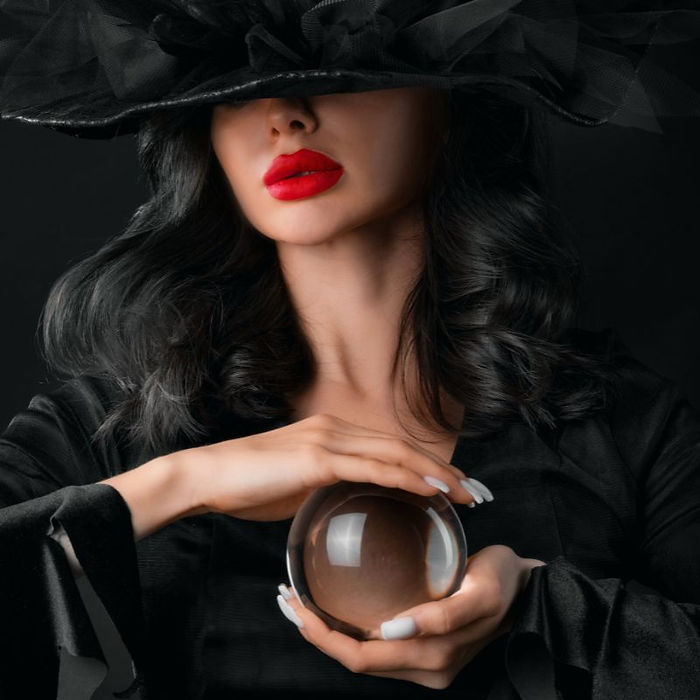
In contrast, in the original tale, the queen, living happily back in her castle, believing Snow White to be dead, receives an invitation to a royal wedding in a neighbouring land. She arrives at the wedding and discovers too late that the invitation is a gilded trap. The prince and his princess, Snow White, have crafted a pair of iron shoes for the queen. The shoes are heated in a fire till they are red hot, and the queen is forced into them, then dances herself to death at their wedding celebration.
And they all lived happily ever after - except the queen.
So there you have it, the quick and dirty breakdown of how a classic childhood story evolved out of a brutal tale of envy, rage, cannibalism, violence, and horror.
Which version do you prefer?
Do we dare unpack more fairytales? Let me know which ones you would like me to cover in future posts.




